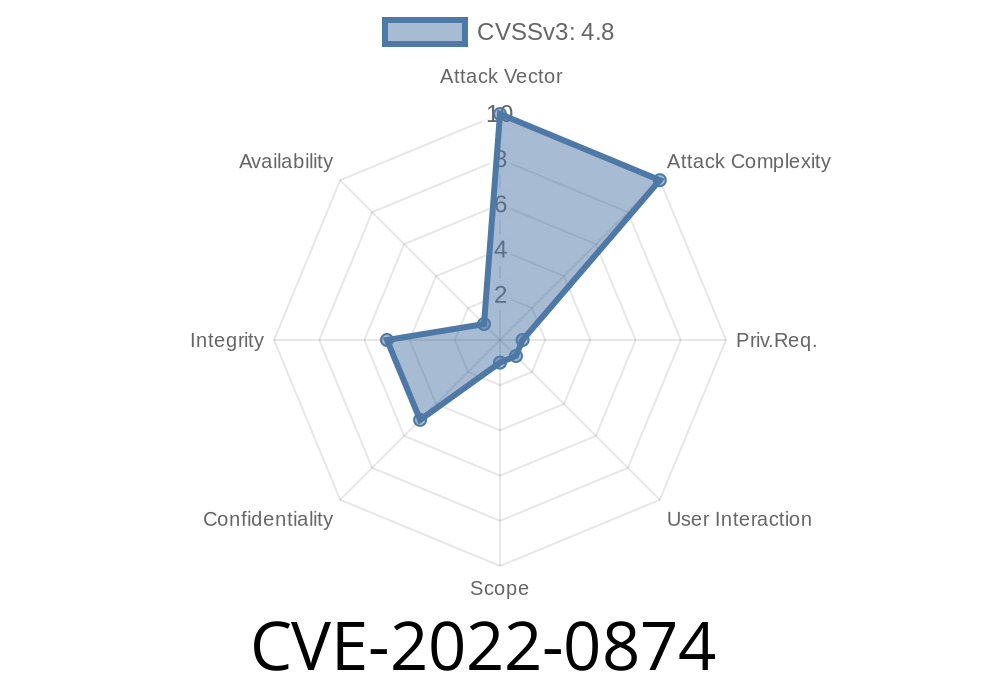The WP Social Buttons WordPress plugin (up to version 2.1) has recently been found to have a cross-site scripting (XSS) vulnerability that could be exploited by attackers to execute malicious scripts on the victim's browser. This issue can be exploited by high privilege users, such as admins, even when the unfiltered_html capability is disabled.
The vulnerability was reported under CVE-2022-0874, highlighting the severity of the security issue. This article will discuss its technical details, including how the exploit works, and provide suggestions on how to mitigate the risk. A link to the original reference material, where you can find more information on this vulnerability, will also be included at the end of this article.
Exploit Details
The main issue with the WP Social Buttons plugin comes from the fact that it does not properly sanitize and escape its settings. This allows high privilege users, like admins, to store and inject malicious JavaScript code into the settings, even if the unfiltered_html capability is disallowed.
Here's an example of how this exploit could be executed
1. First, an attacker with admin access would inject the malicious JavaScript code into the plugin's settings. The code snippet below shows an example of a simple script that would display a pop-up alert when executed:
<script>alert('XSS Vulnerability Exploited!');</script>
2. When an unsuspecting victim visits a page in which the WP Social Buttons plugin is enabled, the malicious script would be executed in their browser.
3. As a result, the script could perform a range of actions, such as stealing sensitive data (e.g., authentication tokens, cookies) or redirecting the victim to fraudulent websites.
To mitigate the risk of this XSS vulnerability, it is recommended to take the following steps
1. Update the WP Social Buttons plugin to version 2.2 or higher, which should contain a fix for this issue. The latest version of the plugin can be found on the official WordPress Plugin repository: WP Social Buttons
2. Review your current user privileges and limit the number of high privilege users (e.g., admins) on your WordPress installation. This will minimize the chances of a malicious user exploiting this vulnerability.
3. Regularly audit your plugins and themes for security vulnerabilities. Keep all components up to date and remove any unnecessary or outdated plugins and themes.
Conclusion
The XSS vulnerability found in the WP Social Buttons WordPress plugin (CVE-2022-0874) poses a significant security risk for website owners and users. It is essential that websites running the plugin take the necessary steps to mitigate the risk and protect their users from potential attacks.
For more details and references regarding this vulnerability, you can visit the following links
- CVE-2022-0874
- WPScan Vulnerability Database
Remember to always keep your WordPress installation and plugins up to date, monitor user privileges, and stay informed about any potential security issues.
Timeline
Published on: 05/09/2022 17:15:00 UTC
Last modified on: 05/16/2022 15:19:00 UTC
